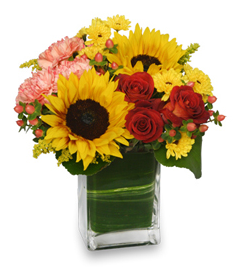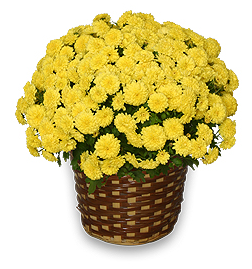Ask the Expert: Croton vs. Rubber plant?
I want to purchase either a croton or varigated rubber plant for my southeast window to be placed about4-5 feet away. Which would do better for that location and which would be easier for me to care for?
Susi


 Find Your
Find Your 









